A Cambridge Notebook #4
Women in science, Plath's winter colours and festivals of literature
This is Cambridge Ladies’ Dining Society, exploring hidden corners of literature and shining new light on the stories and connections of Cambridge women from the 1870s to the 1950s. Welcome! I have been on Substack for exactly three months now, and feeling very at home here. Last month my posts ‘Memories in a House’ and ‘A Very Good Place to Start’ got a lot of interest, and I’m delighted to report that almost 800 subscribers have now signed up. This edition of A Cambridge Notebook is about finding colour in what can sometimes feel like a gloomy month.
My dog enjoying puddles… just because
When my 12-year-old dog sees a great big puddle in the park, he can’t resist bounding towards it and sploshing his way through it like a young pup. I love the watery winter blues and greens reflected here, and the rainbow reflection just visible at the bottom of this photograph. (We’ll worry about the muddy paw-prints later.)

11 February marks International Day of Women and Girls in Science, so I wanted to draw attention to a new exhibition opening soon at Newnham College Cambridge. ‘Newnham and Bletchley Park’, traces the history of the 70 women from Newnham who worked at Bletchley during World War Two. The exhibition launches on 11 March and has been organised by Gill Sutherland, Sally Waugh and Newnham Archivist Frieda Midgley. I’m looking forward to finding out more about these code-breakers, including cryptanalyst and numismatist Joan Clarke - read about her here.
Sylvia Plath’s colours
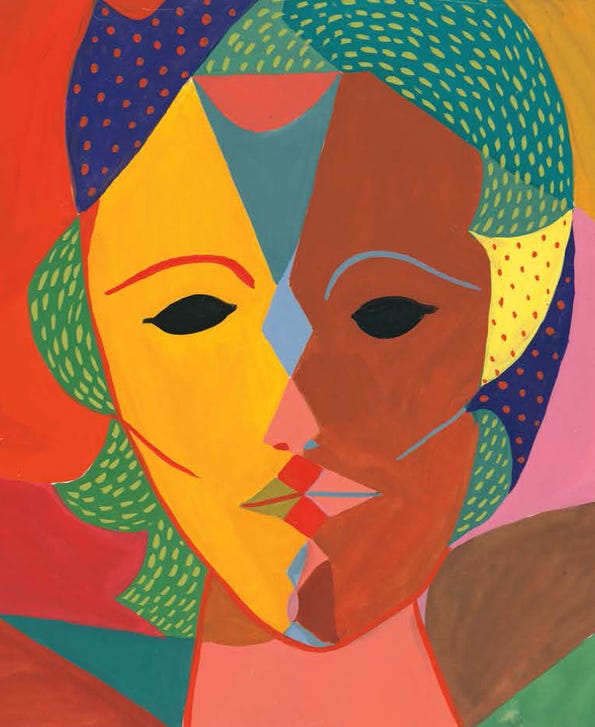
Sylvia Plath died on 11 February 1963, and this month marks ‘a melancholy anniversary’, as
writes in his excellent post, ‘Pinks 13: Boons, Boons’. Plath’s last poem, dated 5 February, is often assumed to be the bleak ‘Lady Lazarus’ so it’s perhaps surprising, he notes, to discover that the less well-known ‘Balloons’ was apparently written on the same day. It’s a touching, funny poem in which a mother describes her young children playing with the cheap party balloons (‘Since Christmas they have lived with us’) floating around their new home. I’m very glad that Jeremy reminded me of this poem, and highly recommend his Pinks series.Plath’s playfulness with language in ‘Balloons’ echoes her children’s happiness, and she creates lasting poetry from the balloons’ lightness, colour and fragility (‘these traveling/Globes of thin air, red, green,/ Delighting/ The heart like wishes’). It’s a reminder of her skill in making poetry from everyday objects, as well as highlighting her love of colour and striking visual art, both as inspiration for her poetry and as part of her own occasional painting, drawing and collage work (more on Plath’s art here).
In her recent biography Red Comet (2021) Heather Clark describes Sylvia Plath’s initial optimism when she moved with her children from Court Green in Devon to a rented London flat in December 1962. Plath took it as a blessing that the Irish poet W.B. Yeats had once lived in the same house, and her colour scheme reflected both her love of bee-keeping and her sense that the breakdown of her marriage meant not just the end of something, but the possibility of new beginnings and colours of her own.
She plastered her bedroom walls with white and yellow wallpaper and decorated the rest of the room with “straw mat, black floor borders & gold lampshade— bee colors, & the sun rises over an 18th-century engraving of London each day.” She planned to paint the other rooms soon, and sew curtains. Court Green had been a warm red; Yeats’s house would be a cool blue. (Clark, 829)
‘Blue is my new color, royal, midnight (not aqua!),’ Plath told her mother Aurelia. ‘Ted never liked blue, & I am a really blue-period person now.’ She planned the final line of her collection Ariel to express her fragile but determined hopes for the future in her poem ‘Wintering’: ‘The bees are flying. They taste the spring.’
In her moving post, ‘A clean slate, with your own face on’
wondered how to talk to her young son about Plath: ‘I want you to enjoy the rare privilege of reading Sylvia Plath without tangling it up with the end of her life.’ And there is so much joy to be found in her poetry, as May writes: ‘her dancing, clever riddles, her acrobatic language, the way you can turn an emotion on the point of a pin, using sound alone.’ has recently written ‘Escape Routes’, a powerfully personal piece on Plath’s last months.There was another, now often forgotten, February day in Sylvia Plath’s life. On 10 February 1960, she strode into a seedy Soho pub in London, looking, as she put it herself, ‘resplendent’ in a black wool maternity suit, cashmere coat and new calfskin gloves from Paris. She was meeting the publisher James Michie, who had offered to publish Plath’s first collection of poetry, The Colossus and Other Poems with Heineman, the distinguished publishers of D. H. Lawrence. As she signed the publishing contract on a glass-crowded bar counter, she felt the thrill of being the ‘triple-threat woman’ (writer, wife and teacher) she had always dreamed of being, ever since she painted her colourful, triple-face self-portrait in 1950.1
Things to look forward to, and bouquets
I can’t wait to read The Spinning House (published by the History Press on 7 March 2024), Caroline Biggs’s new book about Cambridge University’s infamous private prison. For over 100 years it was a dank, miserable place where women were held without trial after being arrested by the University’s Proctors for the ‘crime’ of being unchaperoned in the town after dark and possibly corrupting the male student population.
Cambridge Notebook #11
In Cambridge, the season is turning and as I walked along the Backs last week, yellow leaves were twirling to the ground. The students will soon be returning, and as I passed Magdalene College (pronounced ‘maudlin’ here, for some reason) I couldn’t resist taking a snap of the view through its bea…
What writer needs shop-bought Valentine’s Day roses when there are heartfelt compliments to treasure? I’ve had some lovely comments from readers during the past month which I’m saving in a special file (following
’s excellent advice in ‘The heart-lifting power of compliments’) to be re-read on grey days. Here’s one from a kind reader and good friend:
‘I keep meaning to say how much I’m enjoying your Substack articles. It definitely seems like the place to be now. In particular I liked the one about Lucy Boston and have just ordered her autobiography from the public library store.’ (Alison)
Speaking of roses… this week’s Granta conversation with Phyllis Rose is wonderful. Her book Parallel Lives: Five Victorian Marriages (reissued by Daunt Books in 2020) is one of my favourite group biographies, and Rose still has interesting observations on the subject of love and marriage:
‘A good first marriage is luck. A good second marriage should not be. The overall tone of Parallel Lives, its attitude toward marriage, derives from my own experience as a young woman discovering that the person I thought was autonomous, me, once I got married, no longer was. I was part of a couple. That is a brutal transition in life. I was too inexperienced to know at that age what kind of person would satisfy my emotional needs over the long haul. I hoped then and still hope that Parallel Lives might help other people make this transition, with a greater understanding of the dynamics of couples.
Coming up in 2024
This month I’m launching a new plan for paid subscribers* with longer articles that include footnotes and archival sources along with my regular free posts. Topics will include the early days of Newnham and Girton College with a focus on the pioneering women who studied and lectured there; the women’s clubs and societies that sprang up in Cambridge in the 1880s, begun by enterprising academic ‘wives’ and college workers; and the friendships of individual women, beginning with the writer Amy Levy and her Newnham lecturer, mentor and close friend, Ellen Wordsworth Darwin.
*I have slightly increased my paid subscription charge to take account of the extra work required for these posts. Paid subscriptions are tremendously important to me, as I depend on them to be able to put more time into my writing. I very much hope I’m offering good value - and, as ever, your thoughts, comments and encouraging remarks are much appreciated. Thanks for reading.
Memories in a House
Previously I wrote about the artist and writer Gwen Raverat’s lifelong love of the River Cam, and how returning to live by the river in Cambridge inspired her later art and writing. It got me thinking about another beautiful riverside house, the Manor at Hemingford Grey, which overlooks the Great Ouse in Huntingdonshire. Lucy M. Boston moved into this twelfth-century house while it was a near-ruin in 1939 and spent many years restoring it and creating her world-famous garden, pictured above with its coronation-themed topiary. She had trained as an artist, and only became a writer after moving there. This post is about how the seeds of Boston’s love for the Manor and its garden were planted in early childhood in her first family homes.
In a letter written to Marcia B. Stern in April 1957, six months after she moved in with Ted Hughes, she wrote ‘If I want to keep on being a triple-threat woman: writer, wife and teacher… I can’t be a drudge’.) See more here:
Sylvia Plath at Home
‘On Dec. 7th a new life will begin,’ Sylvia Plath confidently wrote in a letter home to her mother in Massachusetts in 1956. December 7th was when Cambridge University’s Michaelmas term ended, and the date that Plath, who until then had been in student halls, officially moved into her first married accommodation. ‘Home’ for the next six months would be a ground floor rented flat at


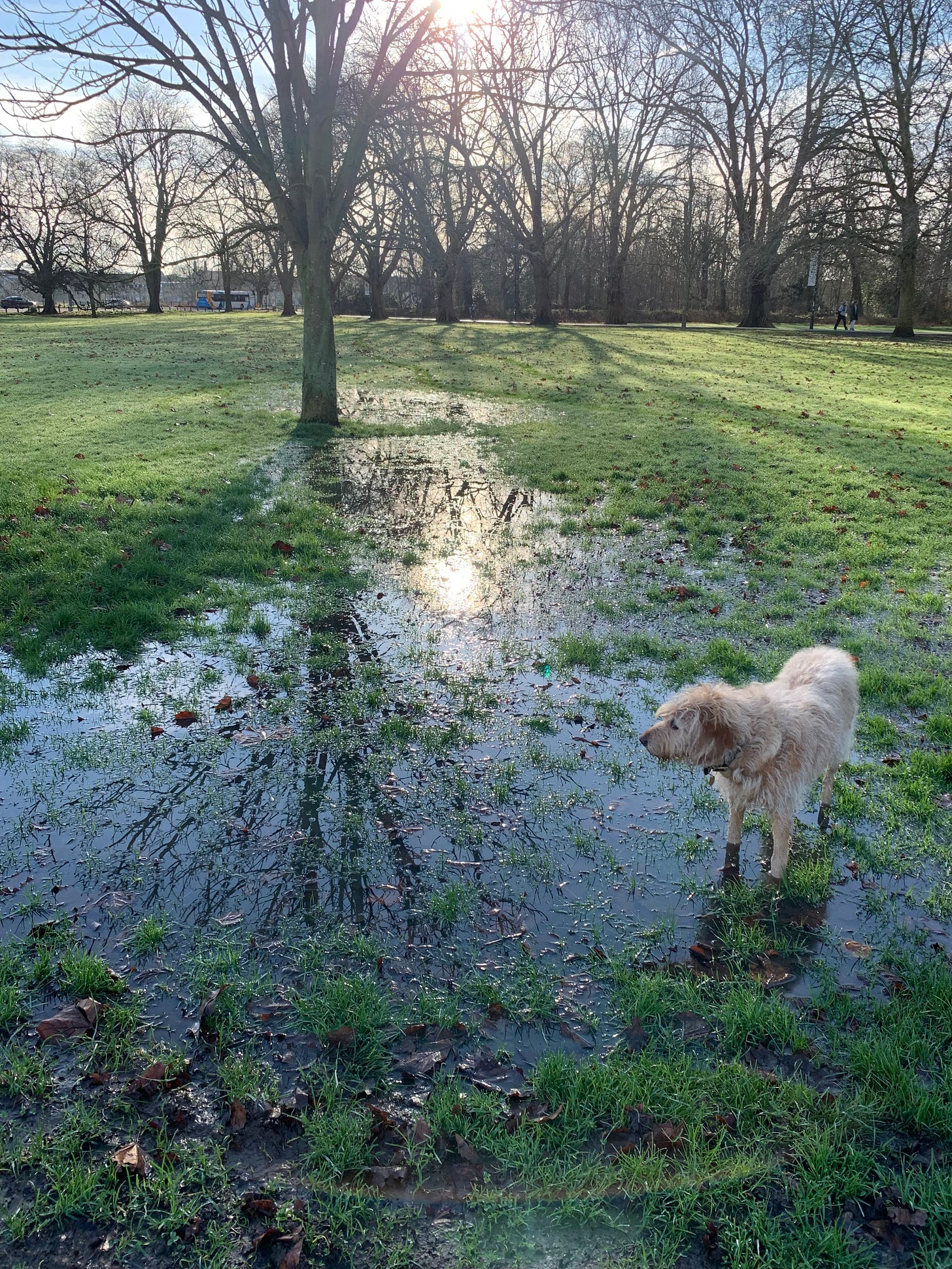
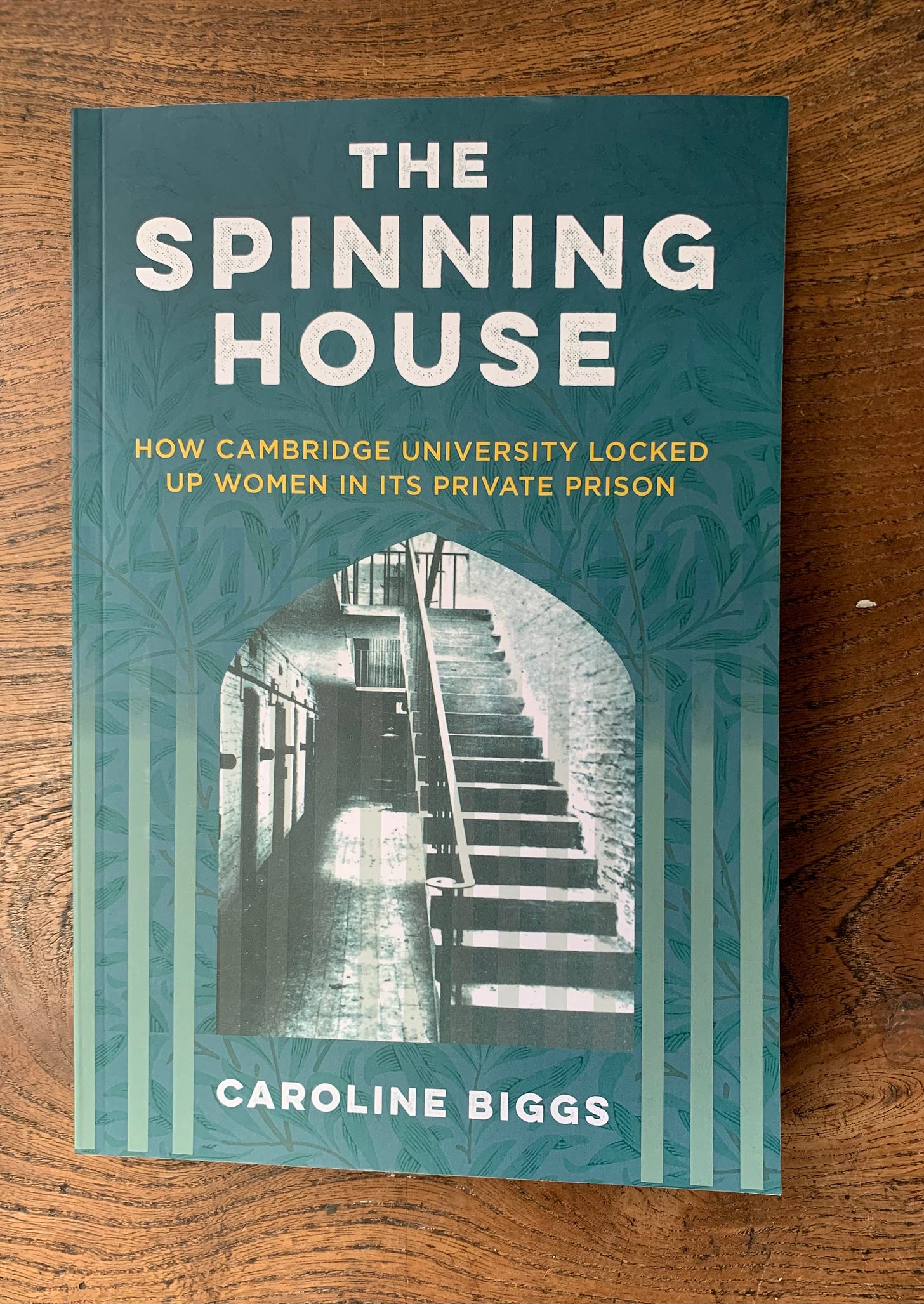
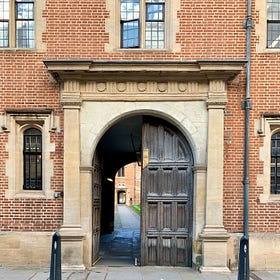
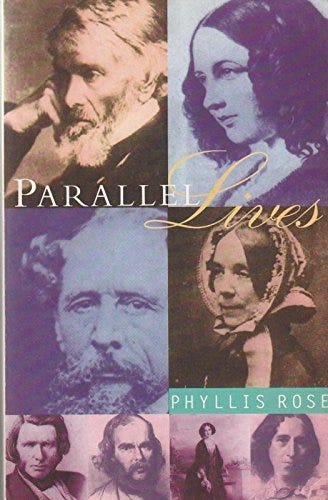
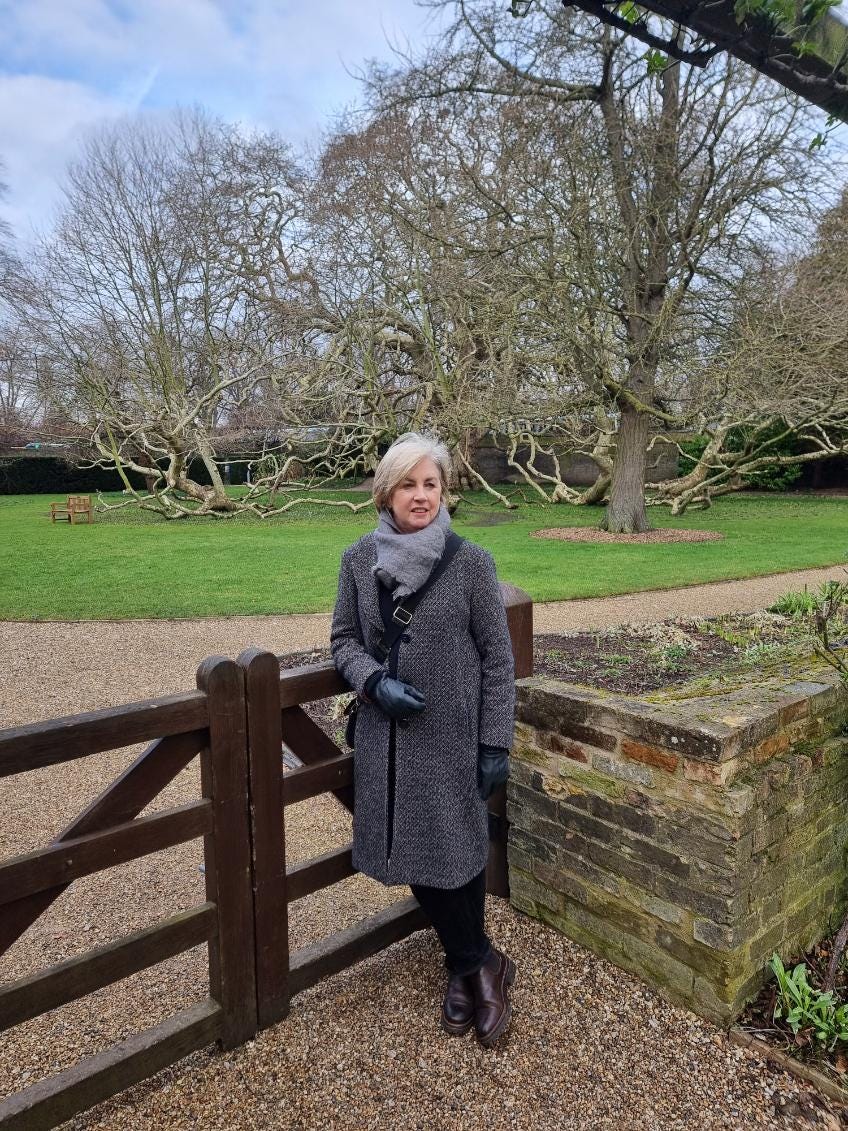
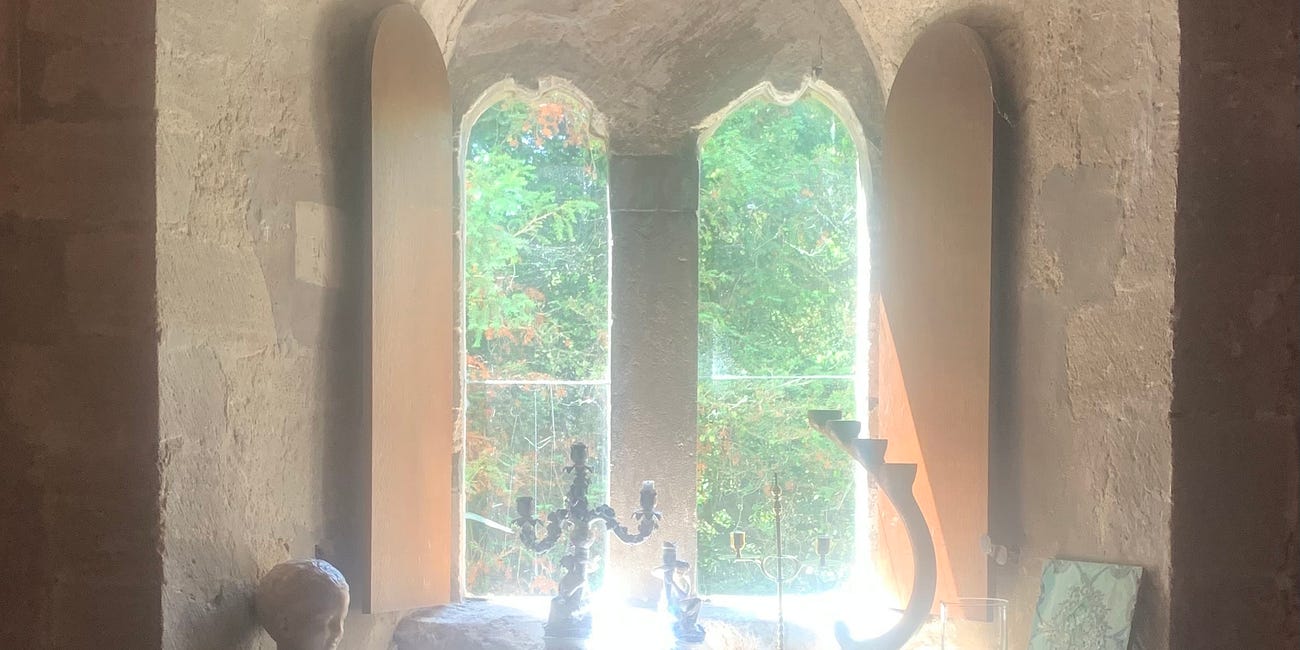

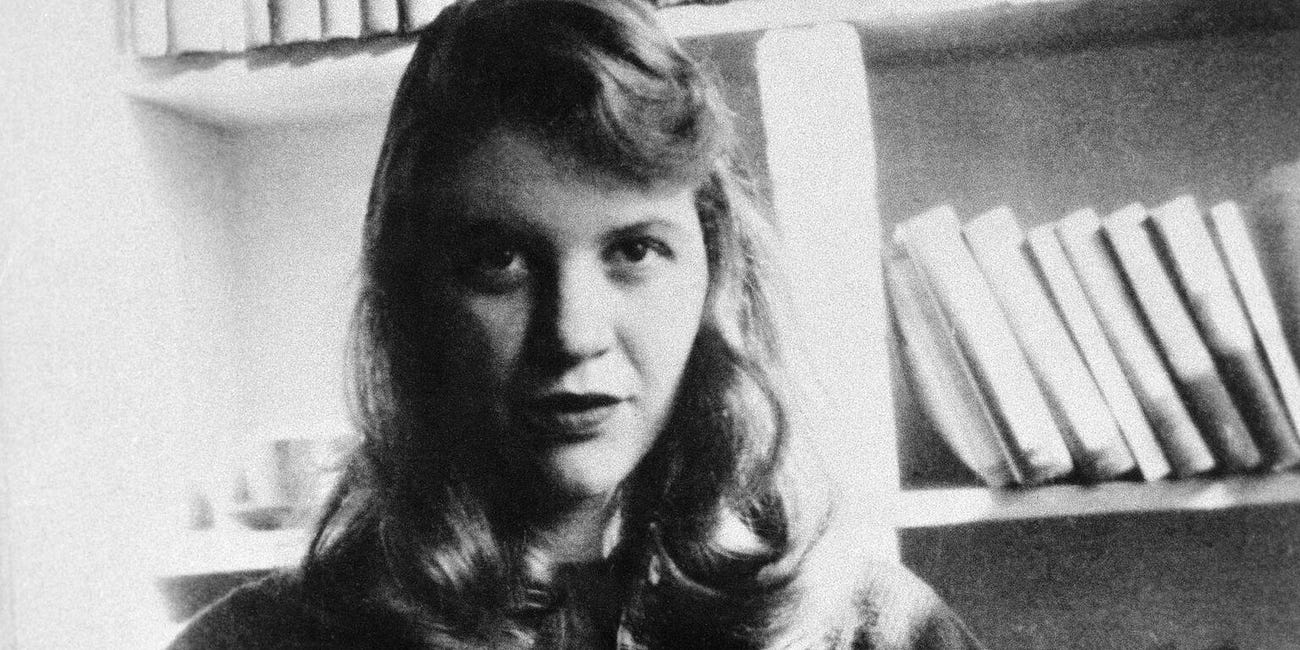
Triple threat women! I love this.
Thank you for sharing this; your dog is adorable ❤ I love all of Plath's work and feel her talent and more lighthearted poetry should be celebrated more.